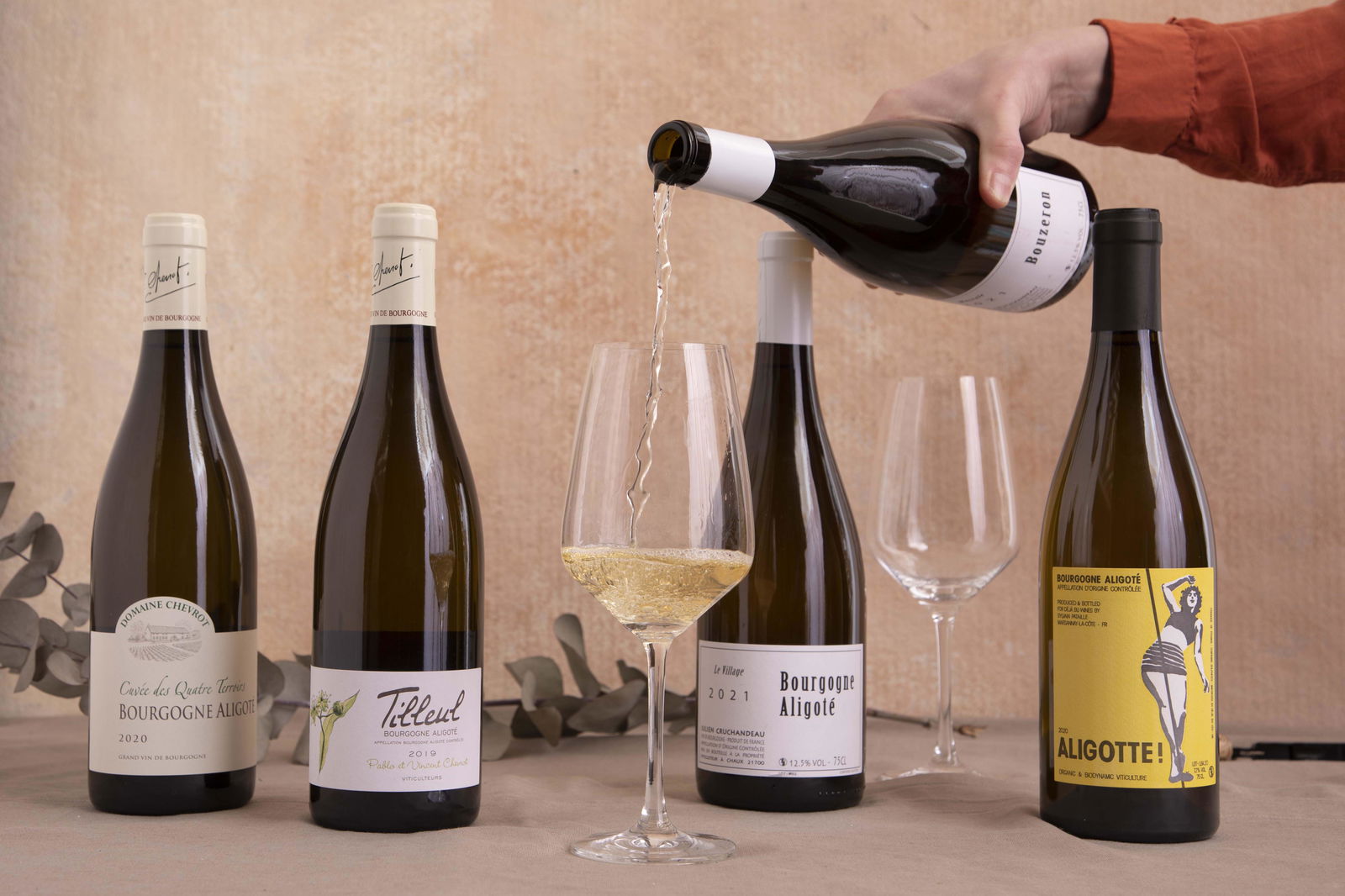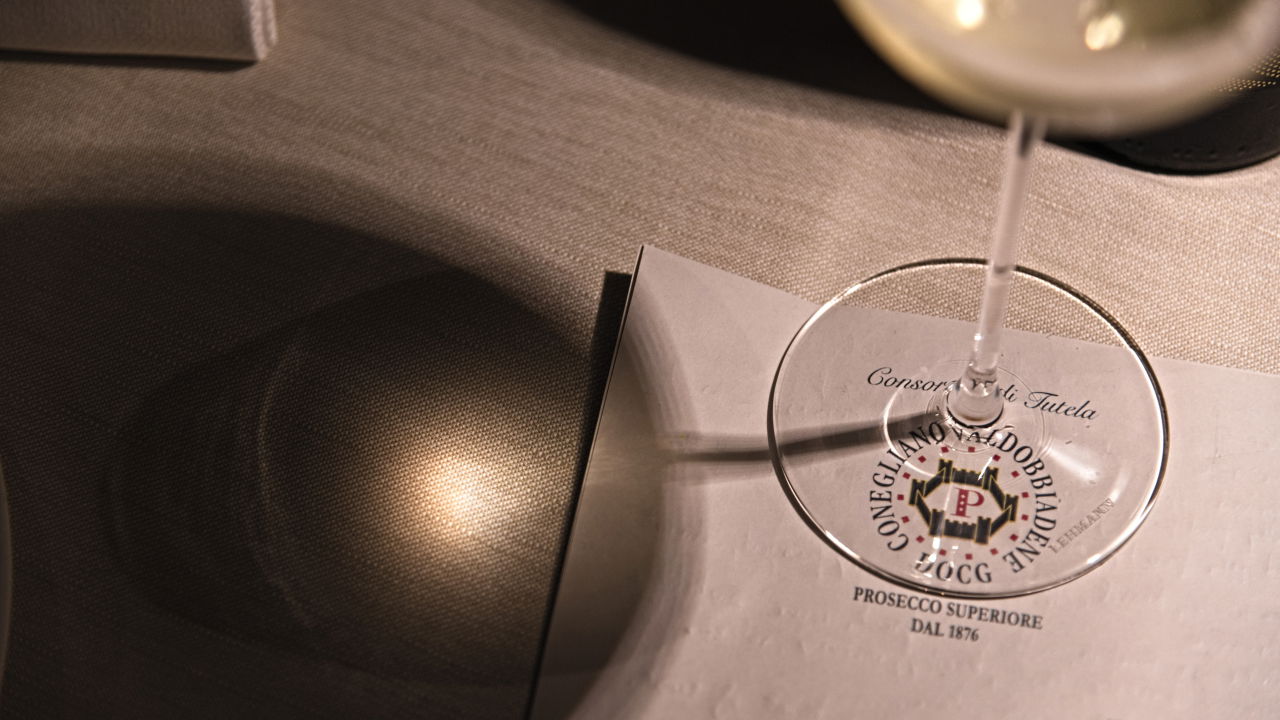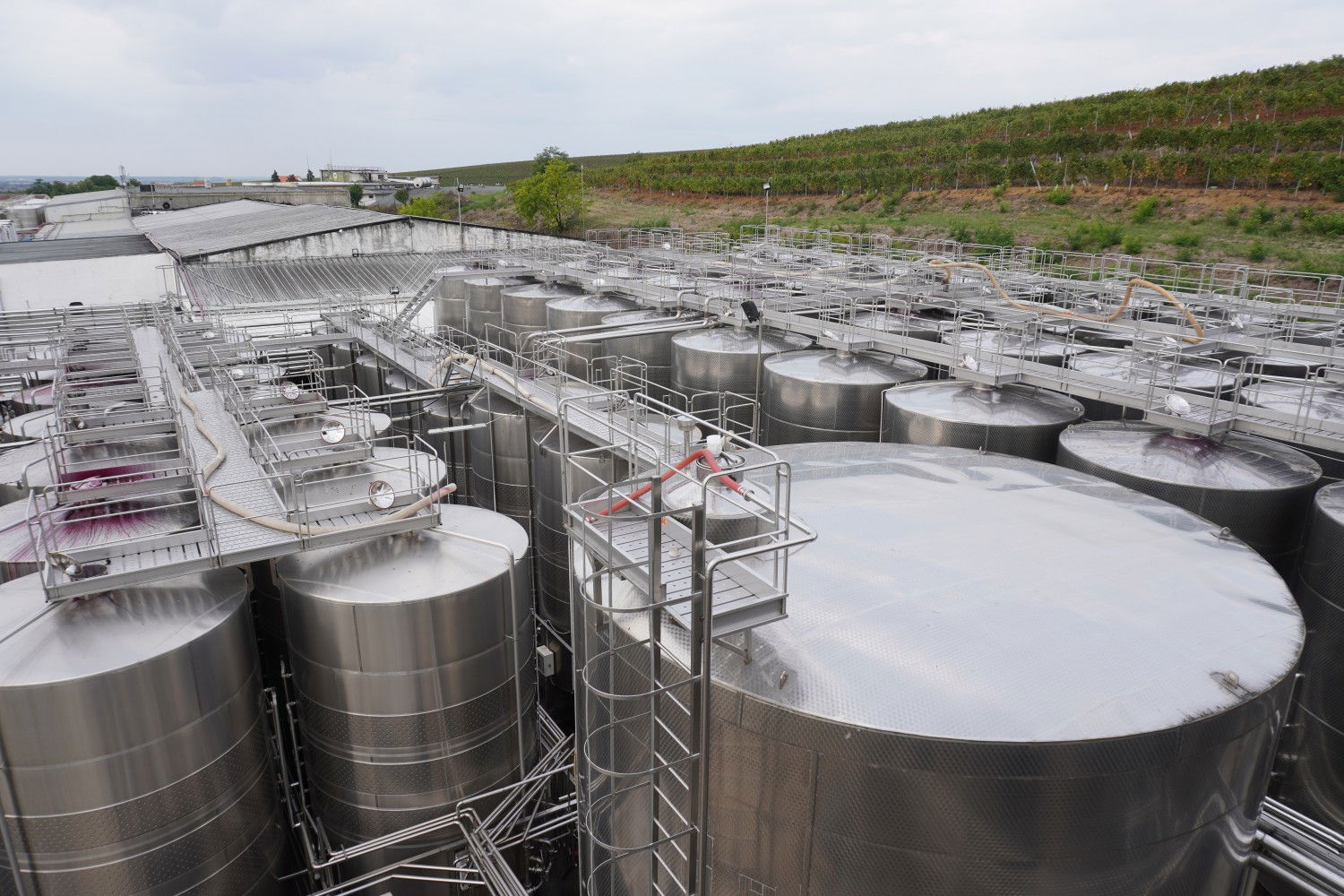BLOG
Aligoté: Playing with Panache
Jacopo Mazzeo Viticulture Insights

Everyone loves an underdog. And when the underdog emerges, bruised and battered but nonetheless victorious, these triumphs become powerfully motivational. Take the 2004 UEFA Cup Final, for example. Greece, one of this soccer tournament’s less-favoured teams, faced off against much-fancied hosts Portugal in Lisbon – and won. The victory of the team of ‘Greek Gods’ (as the newspapers soon named them) filled countless sport enthusiasts, myself included, with sentiments of hope and optimism.
Burgundy has an underdog: Aligoté. It may be heading towards its own UEFA Cup Final.
With a mere 1,620 hectares shared among 1,219 producers, Aligoté plays a minor role in the region – roughly 6% of total plantings. Within this limited space, two primary biotypes thrive: Aligoté Doré (Golden) and Aligoté Vert (Green), the former often regarded more highly due to its lower-yielding characteristics which are said to contribute to wines with enhanced aromatic complexity, texture, and depth.
Aligoté has long lingered in the shadows of the more prominent Chardonnay, its often unremarkable wines destined to end with a splash of Crème de Cassis in a Kir cocktail; while much Aligoté today helps vivify sparkling Crémant de Bourgogne. There are, though, paths to solo glory through the Bourgogne Aligoté and Bouzeron AOCs, the latter for Aligoté vines planted in Bouzeron, just south of the Côte d’Or in the Côte Chalonnaise.

A prominent Burgundian natural wine producer, Sylvain Pataille is one of Aligoté’s leading advocates. His influence extends not only from the quality and diversity of his wines but also from the substantial quantity he produces. His collection of seven terroir-specific labels combined totals just 8,000 bottles, but Pataille's flagship Bourgogne Aligoté alone averages an annual production of some 100,000 bottles.
Aligoté also finds support from renowned Burgundian names such as Domaine de Villaine, Michel Lafarge, Pierre Morey, Nicolas Faure, Coche-Dury, Comte Armand, and Domaine Leroy. Mersault's Coche-Dury is widely recognised as one of Burgundy's premier white wine makers. Domaine de Villaine is owned by Domaine de la Romanée-Conti's Aubert de Villaine and his wife Pamela, both long time residents of Aligoté’s key village, Bouzeron. Like de la Domaine Romanée-Conti, Domaine Leroy holds a prestigious position among Burgundy's top producers, its wines consistently ranking among the world's most expensive – even its Aligoté is priced between £150 to nearly £500 per bottle, depending on the vintage. The endorsement from such prestigious names serves as powerful advocacy for Aligoté as a grape well worth cultivating, vinifying, and drinking.

Adding to the endorsement of Aligoté’s potential is Morey-Saint-Denis Clos des Monts Luisants, a monopole owned by Domaine Ponsot and the sole Côte d’Or Premier Cru permitted to be vinified entirely from Aligoté.
For years, it has served as the primary qualitative incarnation of the grape, and a testament to a pre-phylloxera era when Aligoté was commonly interplanted with Chardonnay, particularly in the vineyards of Meursault, Corton-Charlemagne, and Montrachet.
“After phylloxera, prime terroirs were replanted with the trendier, easier-to-cultivate and more financially viable Chardonnay,” says Léa Delacourcelle, Aligoté enthusiast and owner of Burgundy specialist UK importer, Déjà Bu wines. “Aligoté was relegated to the plains, with sites characterised by fertile soil and inadequate drainage. It couldn’t show its worth in those conditions.”

A stylish return
Aligoté’s inherent qualities – including high natural acidity, lower potential alcohol, and solid resistance to diseases – have significantly boosted its appeal among wine lovers, particularly as a result of growing concerns over the impact of climate change on Burgundy wines. As a result, the fortunes of the Aligoté grape and its seven officially recognised clones have recently risen. This success can be largely attributed to the collaborative efforts of Les Aligoteurs, a collective of growers committed to advocating for the grape's value and quality.
“The growing interest in neglected indigenous varieties partially explains the recent success of Aligoté,” argues Alexandre Abel, deputy director of Domaine Ponsot, “but really, it comes from the work of some winegrowers who produce high-quality terroir wines from this grape. These growers are working hard to promote Aligoté and show its diversity and its potential.”
Since its inaugural event at Boisrouge, the Côte-d'Or restaurant owned by Philippe Delacourcelle (father of Léa and current president of Les Aligoteurs), the association has grown to include over 60 members, including Pataille, Faure, Lafarge, and Villaine among others. While a majority are from Burgundy, the membership extends to various French regions and to the United States, and is open to international applicants from regions like Moldova, Romania, and Ukraine, where Aligoté cultivation surpasses that of its native Burgundy.

“We don't care about style, just quality,” says Pablo Chevrot. owner of Domaine Chevrot et Fils and co-founder of Les Aligoteurs, explaining the selection process. “Compared to Chardonnay, Burgundy’s Aligoté doesn’t have a well-defined stylistic profile. This gives producers the freedom to personalise their approach and express their individuality more openly.” As a result, Aligoté wines can take various forms, from sparkling and still to pét-nat, skin-contact and even late-harvest dry expressions, the best expressions characterised by remarkable structure, freshness, and ageing potential. “The one thing Aligoté doesn’t like though, is new wood. I ferment it and age it in used foudres,” Chevrot points out.
Aligoté’s growing footprint
As the demand for qualitative Aligoté continues to rise, winegrowers are keen to expand plantings. According to Guillaume Willette, the director of the Syndicat des Bourgogne (which oversees regional Burgundy appellations, including Bourgogne Aligoté), 15 new hectares are being planted annually in response to the increasing interest. “This represents a yearly growth of around 1%,” he says. “Our responsibility is to manage the Bourgogne Aligoté appellation so that supply meets demand. Any increase in sales results in an increase in plantings.”

In a commitment to ensure the sustainability of future plantings, Les Aligoteurs have launched a new and extensive conservation project. In spring 2024, a total of 164 vine samples of Aligoté – including some old-vine cuttings – will be planted in a specialised conservatory in Dijon. A second phase of the project in 2025 will see a hundred additional selections added. Laurent Anginot, responsible for the project at the Association Technique Viticole de Bourgogne (ATVB), explains that this plant material was sourced from historical production areas of the Côte d'Or, Saône et Loire and Yonne departments, and “appears different from the [clones] currently on the market”.
The project goes beyond preservation of Aligoté's existing genetic diversity; it aims to identify optimal examples of Aligoté. “A comprehensive characterisation of these plants will be conducted to assess their value compared to current vine material. For example, we want to identify less productive, higher quality examples with looser, more open bunches [which will make the plant less prone to diseases] and berries of varying size,” Anginot clarifies.

A move up the pyramid
Anticipated regulatory changes are poised to support Aligoté. Many growers would like to see a more prominent role for the grape within the region, and are actively campaigning for the inclusion of Aligoté in a broader range of white Burgundy appellations. And not solely through sheer love for the grape. Ever hotter summers mean Chardonnay and even Pinot Noir show declining freshness at harvest. Aligoté’s high natural acidity could represent a means for winegrowers to retain Burgundy’s signature elegance and balance. Growers in Meursault, for instance, are exploring the integration of Aligoté through France's Varieties of Interest for Adaptation project (VIFA), which enables regions to experiment with both indigenous and foreign grape varieties to meet the challenges posed by the changing climate. “We’ll see if these experiments yield good results,” says Chevrot. “But it takes time. We have to plant these experimental vines and then wait until they can make good wine.”
Moving Aligoté up the Burgundian quality pyramid may be a few years off, but the variety might soon find its place in the broader Bourgogne Blanc appellation. “Aligoté is a typical Burgundian grape variety with great qualities and we know how to master it in Burgundy,” says Willette. “[This winter], a request to authorise Aligoté in blends with Chardonnay at a maximum of 10% for the Bourgogne Blanc AOC will be presented to the National Institute of Origin and Quality (INAO).”
Approval from the INAO for Aligoté’s arrival in this very significant appellation might mark the underdog’s Cup Final victory: a concrete milestone that will guarantee the qualitative future of the grape, and shake up the white Burgundy scene, too. Aligoté, it’s true, may never outshine Chardonnay. Its resilient nature, versatility, and stylistic flair have never been more needed than now, though, and the fact that the region is opening once again to its qualitative possibilities suggests further successes to come.




